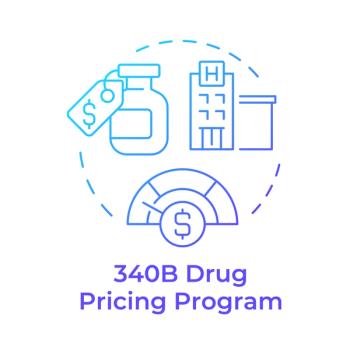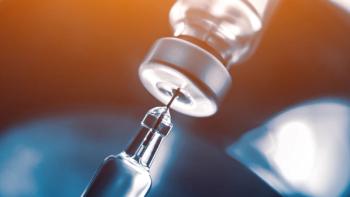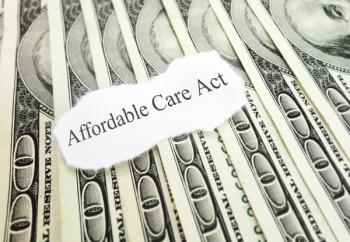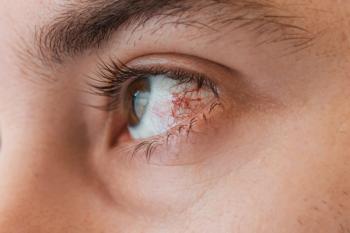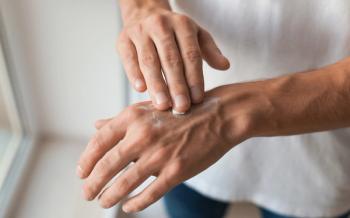
Virtual Model Can Predict Success of Oral Appliance Intervention, Study Finds
The model could make it quicker and easier to decide whether patients need continuous positive airflow pressure machines or not.
Investigators in Australia have designed a new method to evaluate whether oral appliances are likely to be effective in treating obstructive sleep apnea in individual patients.
The strategy uses clinical data and standard patient testing in order to create individualized virtual patient models that can predict the treatment’s success or failure.
The model was developed by Danny Eckert, Ph.D., of Flinders University, and colleagues.
The catch? Oral appliances do not always work, and clinicians have little way of knowing which patients will benefit from them.
“A major clinical challenge with dental appliance or mandibular advancement therapy is the inability to accurately predict who will respond,” Eckert said, in a press release. “At present, it is a toss of the coin.”
Eckert and colleagues had previously developed a computer model designed to estimate pathophysiological endotypes of patients with obstructive sleep apnea. Having succeeded in that effort, they wondered whether the model might also lend insights into the likelihood of an oral appliance helping a particular patient.
They recruited 62 people with obstructive sleep apnea, performing an in-laboratory diagnostic exam and then oral appliance treatment efficacy polysomnography. The investigators culled seven
Using a 10-fold cross-validation system, investigators found that the model was able to predict oral appliance responders versus nonresponders 91% of the time, on average. The authors used fewer than five apnea-hypopnea index events per hour as their definition of efficacy.
Eckert said a model like this has significant potential to help ensure that patients are given the most appropriate and most effective sleep therapy possible, without the usual trial-and-error approach.
“An accurate model that takes into account the different causes of sleep apnea to match therapy to each person should produce much better results from a dental appliance, particularly when CPAP or other treatment aren’t appropriate or preferred,” he said.
When investigators ran the model using different definitions of success (ranging from <5 to <20 apnea-hypopnea index events), the model’s success rate varied, ranging from 60% to 100%.
Eckert and colleagues said those accuracy ranges are promising. They said the next step is to try to test the model on larger data sets to see how well its accuracy holds up across a wider range of patients.
If the model proves successful, it could become a low-cost, low-burden method of optimizing patient care. Eckert said it is also a demonstration of the ways in which machine learning can be leveraged to make healthcare more efficient.
Aside from cost differences, one reason oral appliances might be preferable is patient comfort. A
If left untreated, obstructive sleep apnea can increase a patient’s risk of obesity, diabetes, and heart disease, among other diseases.
Newsletter
Get the latest industry news, event updates, and more from Managed healthcare Executive.

